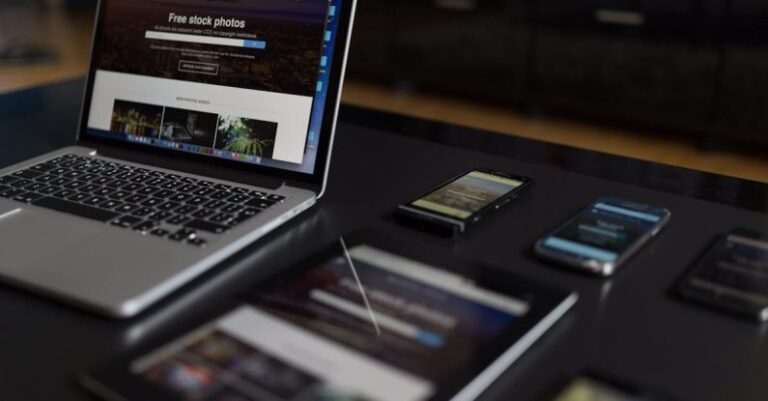What Are the Trends in User Interface Design

User interface design is constantly evolving to meet the changing needs and preferences of users. In today’s fast-paced digital world, staying updated with the latest trends in user interface design is crucial for designers and developers to create engaging and intuitive experiences for their audience.
Flat Design:
One of the prominent trends in user interface design is flat design. Flat design is characterized by a clean and minimalist aesthetic, focusing on simplicity and usability. This design approach eliminates unnecessary elements like shadows, gradients, and textures, resulting in a visually appealing and user-friendly interface. Flat design is popular among designers as it enhances the overall user experience by reducing visual clutter and improving readability.
Skeuomorphism:
Contrary to flat design, skeuomorphism is another trend that has made a comeback in recent years. Skeuomorphism involves incorporating real-world elements and textures into the digital interface to create a sense of familiarity and realism. This design approach uses visual cues to make users feel comfortable and familiar with the interface, mimicking the physical objects they are used to in the real world. Skeuomorphism can add depth and visual interest to the interface, making it more engaging and interactive for users.
Dark Mode:
Dark mode has gained popularity in user interface design due to its aesthetic appeal and practical benefits. Dark mode features a dark color scheme, usually with light text and icons, creating a visually striking and immersive experience for users. Dark mode is not only visually appealing but also reduces eye strain, especially in low-light environments. Many popular apps and websites now offer dark mode as an option, allowing users to customize their viewing experience based on their preferences.
Microinteractions:
Microinteractions play a crucial role in enhancing user engagement and interaction with the interface. These subtle animations and feedback elements provide visual cues to users, guiding them through the interface and creating a seamless user experience. Microinteractions can range from a simple hover effect to a notification pop-up, adding a layer of interactivity and delight to the interface. By incorporating microinteractions, designers can create a more engaging and intuitive user experience that encourages users to interact with the interface.
Voice User Interface (VUI):
With the rise of voice assistants like Siri and Alexa, voice user interface (VUI) has become an emerging trend in user interface design. VUI enables users to interact with the interface using voice commands, making it more accessible and convenient for users, especially in hands-free situations. Designers are now incorporating VUI elements into their interfaces to provide users with a more natural and intuitive way of interacting with technology. Voice user interface not only enhances accessibility but also opens up new possibilities for creating personalized and interactive experiences for users.
Responsive Design:
Responsive design is a fundamental trend in user interface design that focuses on creating interfaces that adapt to different screen sizes and devices. With the increasing use of smartphones and tablets, responsive design has become essential to ensure a consistent and user-friendly experience across all devices. By designing interfaces that are responsive and scalable, designers can cater to a diverse range of users and provide a seamless experience regardless of the device they are using.
Inclusive Design:
Inclusive design is a growing trend in user interface design that focuses on creating interfaces that are accessible to all users, including those with disabilities. By considering diverse user needs and preferences, designers can create interfaces that are inclusive, usable, and intuitive for everyone. Inclusive design involves incorporating features like alternative text for images, keyboard navigation, and color contrast adjustments to ensure that the interface is accessible to all users. By embracing inclusive design principles, designers can create interfaces that are not only visually appealing but also inclusive and user-friendly for all users.
Incorporating the latest trends in user interface design is essential for creating engaging, intuitive, and user-friendly interfaces that meet the evolving needs and preferences of users. By staying updated with the latest trends and incorporating them into their design process, designers and developers can create interfaces that provide a seamless and delightful experience for their audience. Whether it’s flat design, dark mode, microinteractions, voice user interface, responsive design, or inclusive design, embracing these trends can help designers create interfaces that are visually appealing, accessible, and engaging for users.





